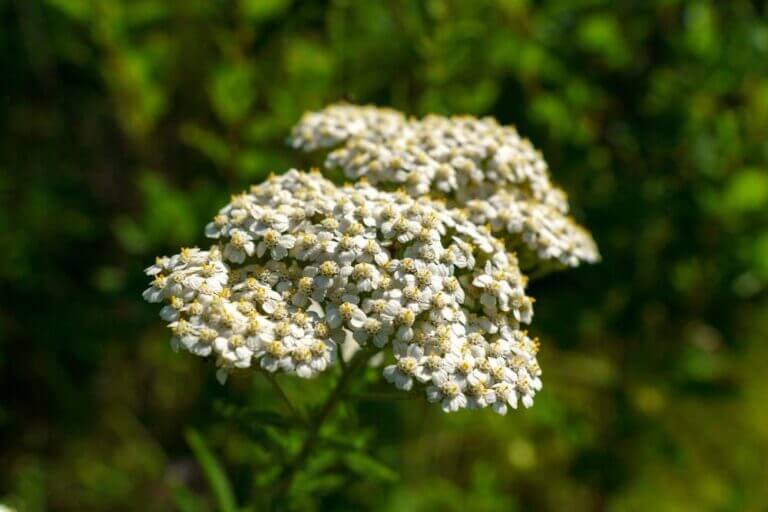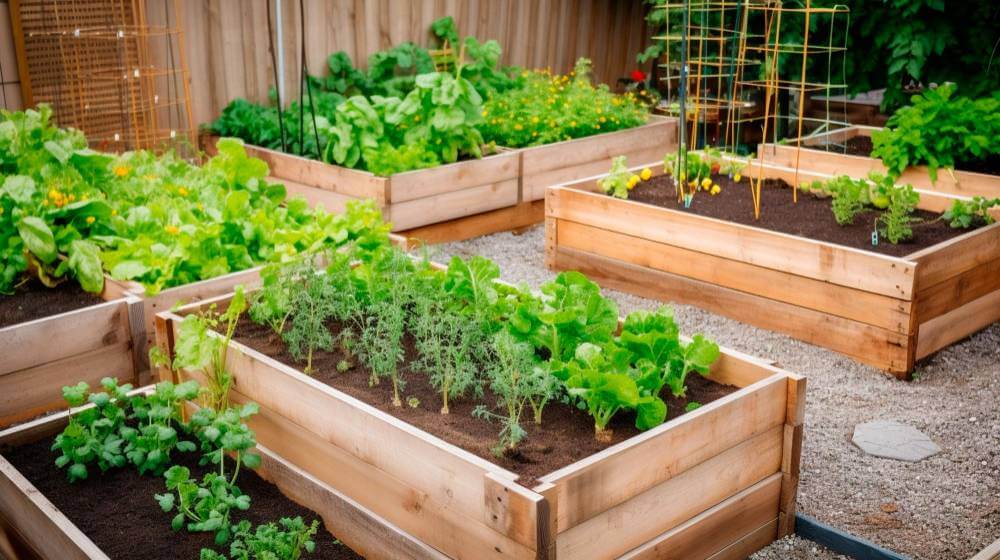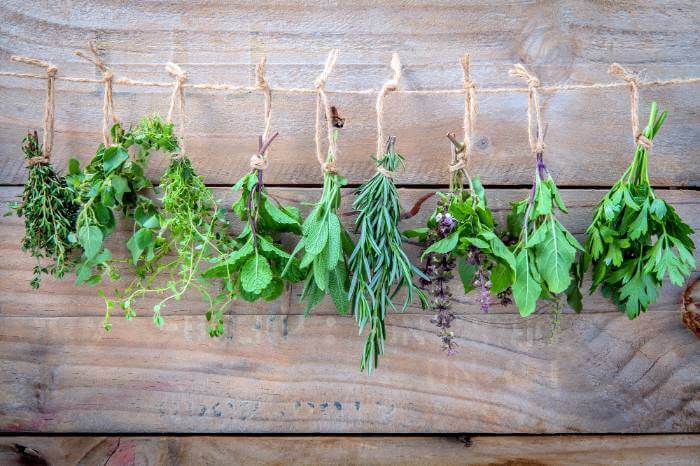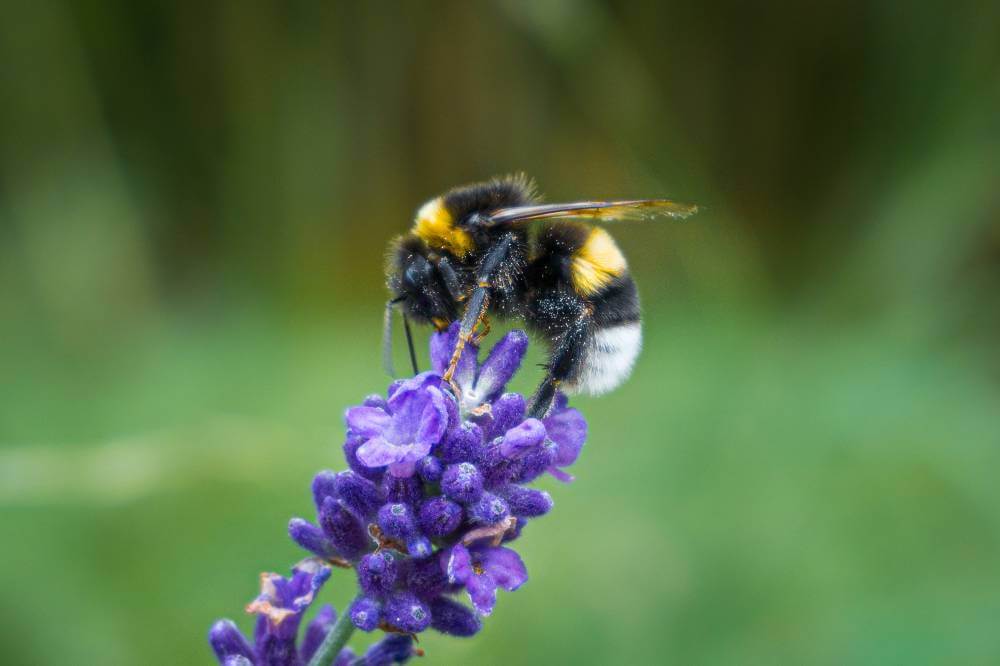Hey there, fellow gardeners! Today, let’s dive into the wonderful world of yarrow. Yarrow (Achillea millefolium) is not only a beautiful addition to any garden but also a versatile herb with a rich history of medicinal and ornamental uses. Join me as we explore how to cultivate this graceful herb with some expert tips.
Benefits and Typical Uses of Yarrow: Nature’s Multi-Talent
Yarrow stands as a versatile herb with a rich history of medicinal and practical uses. Its feathery foliage and clusters of tiny flowers in shades of white, yellow, pink, or red not only add visual appeal to gardens but also serve numerous beneficial purposes. Medicinally, yarrow has been traditionally used to treat wounds due to its natural antiseptic and anti-inflammatory properties. It aids in stopping bleeding and promoting faster healing, earning it the nickname “soldier’s woundwort.”
Beyond its medicinal applications, yarrow is a favorite among herbalists for its ability to support digestion and alleviate symptoms of colds and flu. It can be brewed into tea or used as a poultice for skin conditions like acne or rashes.
Gardeners and herbal enthusiasts alike treasure yarrow for its resilience, adaptability to various climates, and low-maintenance nature. Whether you’re cultivating a medicinal herb garden, or simply adding beauty to your outdoor space, yarrow proves itself as a versatile and indispensable addition.
Different Varieties of Yarrow: Exploring Nature’s Palette
Yarrow comes in various shades, from classic white to vibrant shades of pink, yellow, and even red. Some popular varieties include ‘Paprika’ with its deep red blooms and ‘Moonshine’ with its bright yellow flowers. Each variety offers its own unique charm and can complement different garden themes beautifully, whether you’re aiming for a cottage garden look or a xeriscape design.
Yarrow’s ability to adapt to different soil types and climates makes it a versatile choice for gardeners across various regions.
Perennial Charm: Yarrow’s Enduring Beauty
One of the best parts about yarrow? It’s a perennial! Once established, yarrow plants come back year after year, reducing the need for replanting and providing reliable blooms season after season.
This perennial nature makes yarrow a low-maintenance choice for gardeners looking to enhance their landscapes with lasting beauty. With proper care and occasional division, yarrow clumps can expand and fill in garden spaces, creating a lush and vibrant display year after year.
Preferred Planting Season: Timing is Everything
For optimal growth and establishment, plant yarrow in early spring or late summer. These times of year allow the roots to establish themselves before the heat of summer or the chill of winter sets in, giving your yarrow the best chance to thrive. If planting in spring, aim for a time when the soil is workable and temperatures are mild. Late summer planting takes advantage of warmer soil and reduces competition from other plants.
Yarrow’s tolerance for drought and its ability to thrive in poor soils make it an ideal choice for low-maintenance gardening and landscaping projects.
Sun-Kissed or Shade-Loving: Yarrow’s Light Preferences
Yarrow thrives in full sun but can tolerate partial shade, making it versatile for various garden settings. Aim to plant yarrow where it will receive at least 6 hours of sunlight daily for optimal growth and bloom production. In hotter climates, afternoon shade can help protect yarrow from scorching sun and prolong its bloom period.
For those in cooler regions, full sun exposure helps yarrow plants develop sturdy stems and abundant flowers.
Winter Care Tips: Keeping Yarrow Cozy
Come winter, yarrow needs minimal care to stay healthy and prepare for the next growing season. In late fall, after the first frost, trim back spent foliage to tidy up the garden beds and remove any potential disease sources. Apply a layer of mulch around the base of yarrow plants to insulate the roots against freezing temperatures and reduce moisture loss during winter dormancy.
Avoid heavy mulching directly against the stems to prevent rot and promote good air circulation around the plants. Yarrow’s resilience and adaptability allow it to thrive in a wide range of climates and garden conditions, making it a favorite among gardeners for its low-maintenance beauty and versatility.
Growing from Seeds vs. Seedlings: Which Route to Take?
When it comes to starting yarrow in your garden, you have options: seeds or seedlings. Growing yarrow from seeds is a cost-effective choice and allows you to select from a wider range of varieties. However, it requires patience as yarrow seeds can take several weeks to germinate and establish.
Starting with seedlings gives you a head start on the growing season and ensures quicker establishment in the garden. Choose the method that best suits your gardening style and timeline. Yarrow’s ability to self-seed in favorable conditions makes it a sustainable choice for naturalizing areas and creating wildflower habitats in the garden.
Growing from Cuttings: Propagation Made Simple
For gardeners looking to multiply their yarrow plants or share them with friends, propagation from cuttings is a straightforward method. Select healthy, non-flowering stems and cut them just below a leaf node. Remove the lower leaves, leaving a few at the top, and dip the cutting in rooting hormone powder to encourage root growth. Plant the cutting in a well-draining soil mix, keep it consistently moist, and place it in indirect light until roots develop.
Once rooted, transplant the new yarrow plant into its permanent location in the garden or a container.
Grow Indoors or Outdoors: Bringing Yarrow to Your Space
Yarrow thrives best outdoors, where it can benefit from natural sunlight and pollinators. Outdoors, yarrow adds a charming, wildflower-like beauty to garden borders, meadows, and rock gardens, attracting butterflies and beneficial insects.
However, Yarrow can be grown indoors successfully if provided with adequate light. Choose a sunny spot near a window where it can receive at least 6 hours of direct sunlight daily. Use well-draining soil and water when the top inch of soil feels dry. Indoor yarrow plants may require occasional pruning to maintain compact growth and remove any leggy stems.
Best Soil for Growing Yarrow: Nurturing Yarrow’s Roots
Yarrow prefers well-draining soil with a neutral to slightly alkaline pH. Sandy or loamy soils are ideal as they prevent waterlogging, which can cause root rot. Amend heavy clay soils with organic matter like compost or perlite to improve drainage. Yarrow is adaptable to poor soils and thrives in dry, rocky conditions once established. Avoid overly fertile soils as they can promote excessive foliage growth at the expense of flowers. Adding a layer of mulch around yarrow plants helps retain soil moisture and suppress weeds, promoting healthier growth and reducing maintenance.
Instructions for Growing Yarrow in a Pot: Container Gardening Tips
Yarrow’s ability to thrive in container gardens makes it a versatile choice for urban and small-space gardening, providing color and texture to patios, balconies, and rooftop gardens. Choose a container that is at least 12 inches deep and has drainage holes to prevent waterlogging. Use a well-draining potting mix and place the container in a sunny location. Water yarrow regularly, allowing the soil to dry out slightly between waterings. Fertilize with a balanced liquid fertilizer every 4-6 weeks during the growing season to encourage blooming. Prune yarrow plants in pots to maintain their shape and size, removing spent flowers to promote continuous blooming.
Hydroponic Cultivation of Yarrow: Growing Without Soil
While yarrow is traditionally grown in soil, it can also thrive in hydroponic systems with some adaptations. Use a nutrient-rich hydroponic solution and ensure good aeration around the roots. Yarrow plants in hydroponics require ample light, ideally provided by grow lights if grown indoors. Monitor pH levels regularly to maintain optimal nutrient uptake and prevent nutrient deficiencies. Prune yarrow plants in hydroponic systems as needed to encourage bushy growth and remove any damaged or diseased foliage. With proper care, yarrow can flourish in hydroponic setups, offering a unique way to grow this versatile herb.
Watering Instructions for Yarrow: Finding the Right Balance
Yarrow is drought-tolerant once established but benefits from regular watering during dry spells, especially in containers or sandy soils. Water yarrow deeply once a week, allowing the soil to dry out slightly between waterings.
Avoid overwatering as it can lead to root rot and fungal diseases. During hot weather, check soil moisture levels more frequently and water early in the morning to reduce evaporation. Mulching around yarrow plants helps retain soil moisture and regulates soil temperature, promoting healthier growth and reducing water stress.
Companion Planting with Yarrow: Harmony in the Garden
Yarrow is a beneficial companion plant for herbs, flowers, and vegetables, thanks to its ability to attract beneficial insects like ladybugs, lacewings, and hoverflies. Planting yarrow alongside vegetables such as tomatoes and peppers can improve pollination and deter pests like aphids.
In flower beds, yarrow’s feathery foliage and colorful blooms create a stunning backdrop for low-growing annuals and perennials.
Planting Foes: Yarrow’s Incompatible Companions
While yarrow is a versatile and beneficial plant, it may not thrive when planted near species that require consistent moisture or have shallow root systems. Avoid planting yarrow near delicate plants, like lettuce, which prefer moist soil conditions that yarrow’s drought-tolerant nature may not provide.
Additionally, yarrow’s aggressive growth habit may outcompete plants with low-growing habits, such as strawberries or ground covers like creeping thyme. Keep yarrow well-contained in garden beds or consider planting it in containers to prevent it from spreading into unwanted areas. Regularly monitor yarrow’s growth and prune back any spreading stems to maintain its boundaries in the garden. To prevent overcrowding and maintain harmony in your garden, carefully select companion plants that complement yarrow’s adaptable nature without competing for resources.
The Attraction Towards Pollinators: Yarrow’s Role in Garden Ecology
Yarrow is a magnet for pollinators like bees, butterflies, and beneficial insects, making it a valuable addition to pollinator gardens and organic gardening practices. Its flat-topped clusters of flowers provide nectar and pollen for bees and butterflies throughout the growing season, supporting their populations and promoting biodiversity.
Planting yarrow near vegetable gardens can improve pollination rates and increase crop yields, making it an essential ally for sustainable gardening. Incorporate yarrow into garden designs to create habitat corridors for pollinators and enhance garden productivity.
Pruning Instructions for Yarrow: Maintaining Healthy Growth
Pruning yarrow promotes compact growth and encourages continuous blooming throughout the growing season. Deadhead spent flowers regularly to stimulate new blooms and prevent self-seeding, which can lead to overcrowding.
Cut back yarrow plants by one-third in late summer to rejuvenate growth and prolong flowering into fall. Remove any damaged or diseased foliage promptly to prevent the spread of diseases and maintain overall plant health. Pruning also helps manage yarrow’s spreading habit in the garden, keeping it tidy and enhancing its visual appeal.
Pest Treatment: Safeguarding Yarrow from Garden Pests
Yarrow is generally resistant to pests and diseases, thanks to its aromatic foliage and natural compounds that deter insects. However, it can occasionally attract aphids, spider mites, and caterpillars, especially during periods of stress or overcrowding. Monitor yarrow plants regularly for signs of pest infestation, such as yellowing leaves or distorted growth.
Use a strong blast of water to dislodge aphids and spider mites from plant surfaces or apply insecticidal soap as a natural treatment. Avoid using chemical pesticides that can harm beneficial insects attracted to yarrow, such as bees and butterflies.
Wrap-Up
As we wrap up our journey through the vibrant world of yarrow, I hope you’re inspired to add a touch of its magic to your garden. With these detailed tips under your gardening belt, you’re all set to grow this delightful herb in your garden.
Ready to dive deeper into gardening adventures? Explore more tips, tricks, and herb-inspired tales on my blog. Let’s grow together and keep those green thumbs busy!







